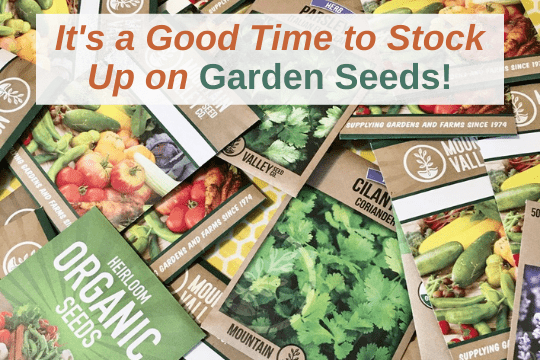Welcome Spring Bonus Challenge
From time to time I like to post an extra challenge, usually something timely for the season. And spring is less than a week away!
So, this is the perfect time to order seeds for planting in this spring’s vegetable garden! It is also a good time to think about those seeds that are best for a crisis. You may have noticed that for the last two years some of your favorite garden seeds were out of stock early—so don’t delay!
Welcome Spring Bonus Challenge: It’s time to stock up on garden seeds.
Stock Up on Garden Seeds
If growing a garden is something you have on your list of things to do this spring, now is a good time to make sure you have all the seeds and supplies you need. Look for national or regional seed companies to expand your variety of seed choices from those found at the local hardware store. One seed company I like is True Leaf Market, formerly Mountain Valley Seeds. They offer a generous collection of basic garden seeds on their website, and the price of their seeds is reasonable.
Planning Your Garden
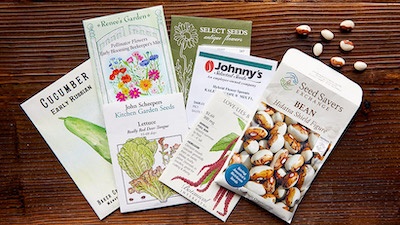
Begin by making a list of what you want to grow in your garden. Next, inventory your seeds and make a list of what you need to replenish. Add any new varieties that you want to try out to your list–we like to try one or new varieties each year. Then, replenish what you need.
Garden seeds have a reliable shelf life of three to five years if they are cared for and stored properly. After that, germination rates decrease. To store seed packages, place them in resealable bags or Mason jars in a cool location. I like to plan a year ahead to be sure I have seeds for the next season.
Strategically Select What Vegetables and Herbs to Grow
Growing a garden is an enjoyable past time and gives you delicious fresh vegetables, but it is also a valuable self-reliance skill and important for preparedness. With that in mind, strategically consider what seeds you want to have in case of a crisis? With limited growing space, it is important to purposefully choose what to grow. Think of selecting seeds for garden vegetables in these four categories:
- Vegetables that are high in calories
- Vegetables that can extend the growing season
- Vegetables that are suitable for preserving
- Vegetables that are especially nutritious
There will be overlap and some vegetables fall in all four categories. Of course, no matter how ideal a vegetable is, an overriding consideration is whether your family will eat it or not.
VEGETABLES HIGH IN CALORIES
Vegetables that are high in calories are the starchy vegetables like potatoes, corn, peas, pumpkin, and winter squash. These are important in a crisis because they will help provide needed calories.
VEGETABLES THAT EXTEND THE GROWING SEASON
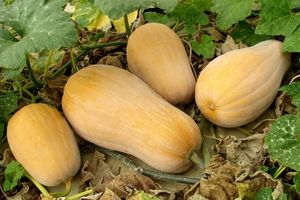
The length of your growing season will, of course, depend on your climate. But even in our cold-winter climate, we mulch carrots, beets, and kale and harvest them into February and March. Vegetables that store well, such as winter squash, pumpkins, onions, and potatoes can be used well past harvest.
This year we even ate tomatoes from our garden in January! Craig harvested blemish-free green tomatoes and laid them to ripen in shallow cardboard trays in our garage. They stayed cool in the garage and because they were separated on the trays, any spoiled ones could be easily removed and not infect the others. In the middle of January, I roasted the last twenty, or so, tomatoes to make a batch of tasty tomato basil soup.
Look for cold-crop vegetables that can be planted early like broccoli, cabbage, kale, lettuce, radishes, snow peas, and spinach. Also, choose plants that can be replanted periodically throughout the growing season, like lettuce, spinach, and kale.
VEGETABLES THAT ARE SUITED FOR PRESERVING
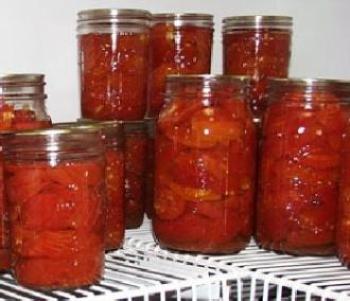
Some vegetables like beans, corn, peas, peppers, and tomatoes can be preserved by freezing, dehydrating, or canning. Many herbs can be dried for future use.
VEGETABLES WITH HIGH NUTRITIONAL VALUE
Vegetables in general are high in nutrition. But some are at the top of the list—tomatoes, peppers, carrots, broccoli, cabbage, sweet potatoes, and leafy vegetables are especially nutritious.
What about Growing Open-Pollenated Vegetable Varieties?
Open-pollenated vegetable varieties are popular because their seeds can be collected for replanting. Open-pollinated vegetables produce seeds that are genetically identical to the parent plant if kept isolated from other varieties of the same species. A hybrid, on the other hand, is a cross between two different varieties of the same species. The seeds from hybrid plants will likely not give you the same desirable characteristics as the hybrid parent plants.
The ability to harvest and save seeds to use in the future is important for preparedness. With that in mind, you may want to purchase at least some varieties of open-pollenated vegetable seeds.
HEIRLOOM VEGETABLE VARIETIES
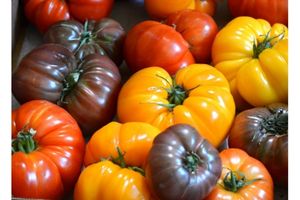
Heirloom vegetable seeds are those from cultivars which have been passed down through generations and predate modern agriculture. They are open-pollenated which makes them valuable if you desire to harvest the seeds and save them from one year to the next.
You may have seen heirloom varieties of tomatoes. Many people prize the deep flavor and juiciness of heirloom tomatoes; however, the tomatoes are not likely to be uniform in size, flavor, or color and may be more fragile than standard hybrid tomatoes.
Plan Now to Add Grow Boxes
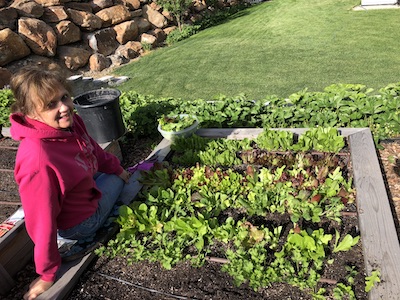
Now is also a good time to make a grow box or two. If you are thinking about gardening for the first time, they are a great way to get started. Even a single four-foot-by-four-foot grow box can grow lettuce, basil, peppers, and tomatoes—or about anything else you might like to try.
There are scads of designs and material choices. Our grow beds are five-feet-by-ten-feet and made from two-by-six redwood boards. Craig added a flat board along the top so that we can sit on the edge of the box which makes it easy to thin lettuce and carrots, weed, and harvest.
Spring Garden Check List
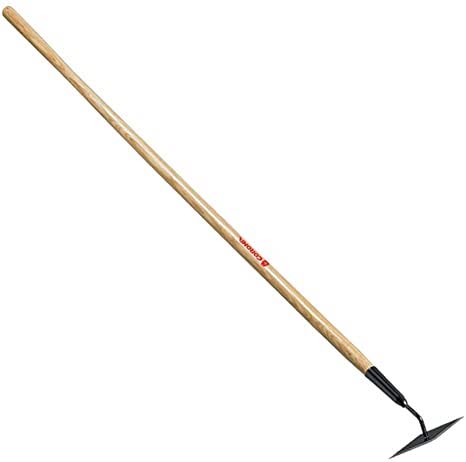
- Take inventory of your tools
- Replace worn tools and maybe add to your garden tool collection
- Enrich the garden’s soil with compost or other organic material
- Check your supply of fertilizer and replenish as needed
- Purchase any needed pest control chemicals
My all-time favorite garden tool is the Corona Clipper Diamond Hoe. It makes it easy to stay on top of weeding.
Learn More in Crisis Preparedness Handbook

Find out more about strategic gardening and other ways to prepare for a crisis in Crisis Preparedness Handbook, Third Edition (2020). If you don’t already have a copy, you can find it here on my website CrisisPreparedness.com. Or, read it on Amazon in the Kindle version or hard copy version.
